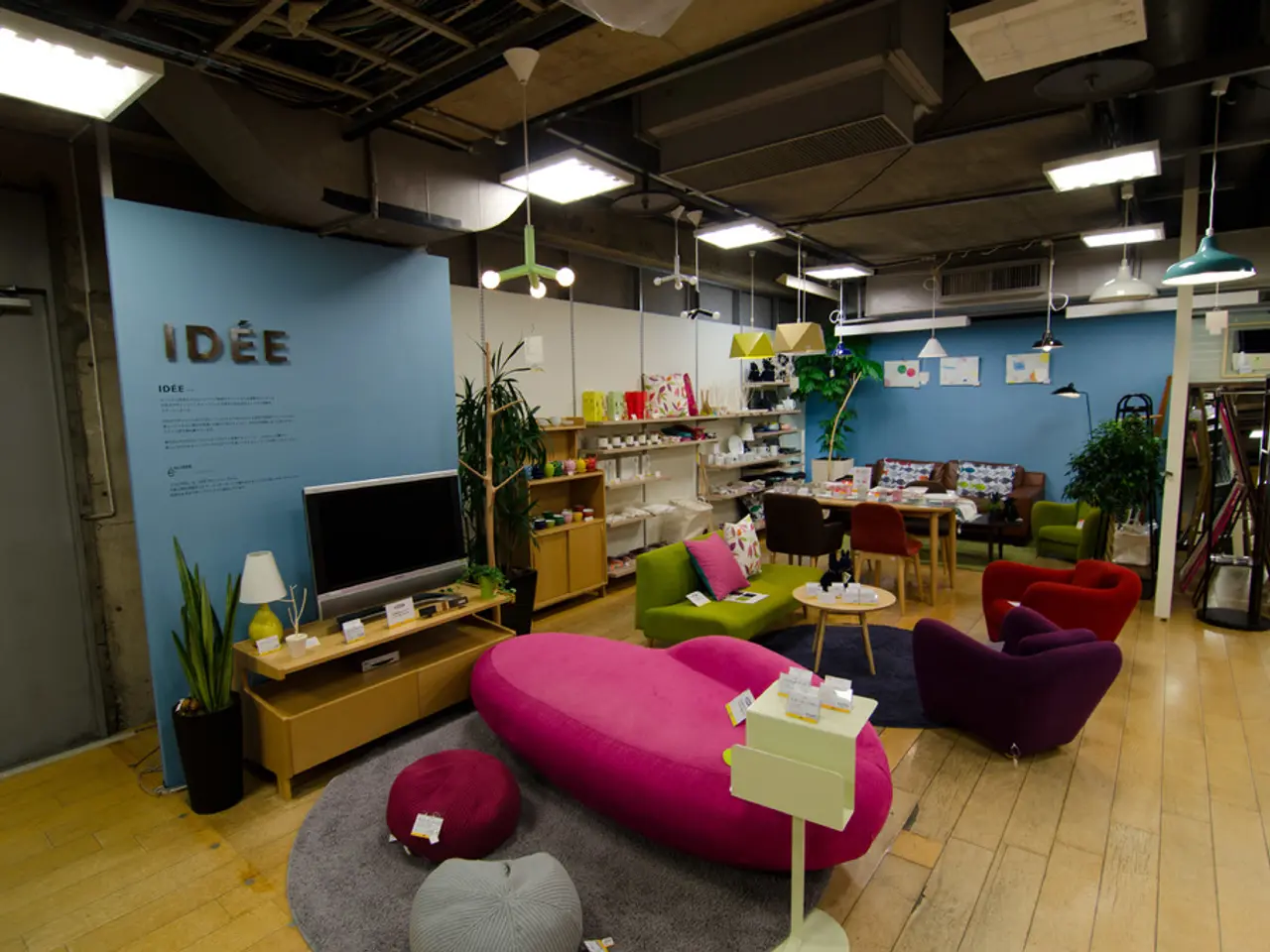Annual electricity costs for households can surge by as much as EUR 150
During the COVID-19 pandemic, electricity consumption patterns in German households have shown variations, with an increase in household usage observed among certain age groups [1][3]. While overall electricity consumption in Germany remained below pre-pandemic levels, data suggest that households increased their electricity use due to more time spent at home during lockdowns, remote work, and changes in daily routines.
Among the age groups, younger and middle-aged adults, who more frequently transitioned to working from home during the pandemic, tended to increase their household electricity consumption more than older adults. Older age groups, often retired, showed smaller increases as their daily routines were less disrupted by remote work but possibly affected by more time spent indoors for health precautions [3].
Factors contributing to increased consumption across all age groups include higher use of electronic devices, heating/cooling due to more continuous presence at home, and increased cooking and cleaning activities [3].
Other contributing factors to the changed electricity consumption in German households during COVID-19 include behavioral shifts, such as more people cooking at home rather than dining out, increased use of entertainment electronics, and higher heating or cooling needs due to constant occupancy [1][3]. Additionally, Germany's increased renewable energy share and grid adaptation efforts during this period have influenced overall electricity supply and prices [1]. Rising energy prices post-COVID and energy poverty concerns may have influenced consumption behavior variably across income and regional segments of the population [5].
While exact quantitative comparisons by age group require specific household-level surveys or utility data not detailed in the available sources, the overall trend shows increased residential electricity demand driven largely by pandemic-induced lifestyle changes, with younger working-age groups likely exhibiting relatively stronger increases due to remote work patterns [3][5].
Operating a home office and cooking one more meal a day could increase electricity costs by up to 150 euros per year [2]. Among those aged 18 to 29, 52 percent reported an increased consumption of electricity, while only 22 percent of women and men aged 50 to 69 said the same [3][8].
In contrast, the total electricity consumption in July and August was almost one percent higher than the previous year [2]. This increase is not directly attributable to the COVID-19 pandemic, as it is higher than the consumption in the first half of the year [3]. The decrease in electricity consumption in the first half of the year is due to the weak economic situation and the resulting lower demand for electricity by companies [5].
[1] Verivox. (2020). COVID-19: Energy consumption in households on the rise. Retrieved from https://www.verivox.de/news/coronavirus-energieverbrauch-steigt-in-haeusern-an/ [2] Agora Energiewende. (2020). COVID-19 and its impact on the energy sector. Retrieved from https://www.agora-energiewende.org/en/topics/covid-19-impact-energy-sector [3] Bundesnetzagentur. (2020). COVID-19 and its impact on the energy market. Retrieved from https://www.bundesnetzagentur.de/EN/Topics/Energy/Market/COVID19/COVID19_node.html [4] Federal Statistical Office of Germany. (2020). Energy consumption in Germany in the first half of 2020. Retrieved from https://www.destatis.de/DE/PresseService/PresseMeldungen/2020/09/Pressemitteilung.html?ppn=100071276 [5] European Commission. (2020). COVID-19 and its impact on energy poverty. Retrieved from https://ec.europa.eu/info/publications/covid-19-impact-energy-poverty_en [6] Photo provided shows an electricity meter. [7] More than a third of Germans surveyed believe that the electrical appliances in their households are being used more frequently since the start of the coronavirus crisis. [8] Among those aged 18 to 29, 52 percent reported an increased consumption of electricity.
- Behavioral shifts in lifestyle, such as working from home, cooking at home more, and increased use of entertainment electronics, have contributed to increased electricity consumption in various age groups, not limited to the general-news, technology, and industry sectors.
- As a result of more time spent at home, a rise in water and energy consumption has impacted households, with the finance industry reporting that homeowners could incur an additional 150 euros in annual electricity costs due to a home office setup and increased food preparation.
- Changes in lifestyles brought on by the COVID-19 pandemic have influenced not only electricity consumption patterns, as seen in the other industry segments like electronics and appliances, but also household expenditures, such as food and entertainment, indicating a broader impact on consumer lifestyles.




